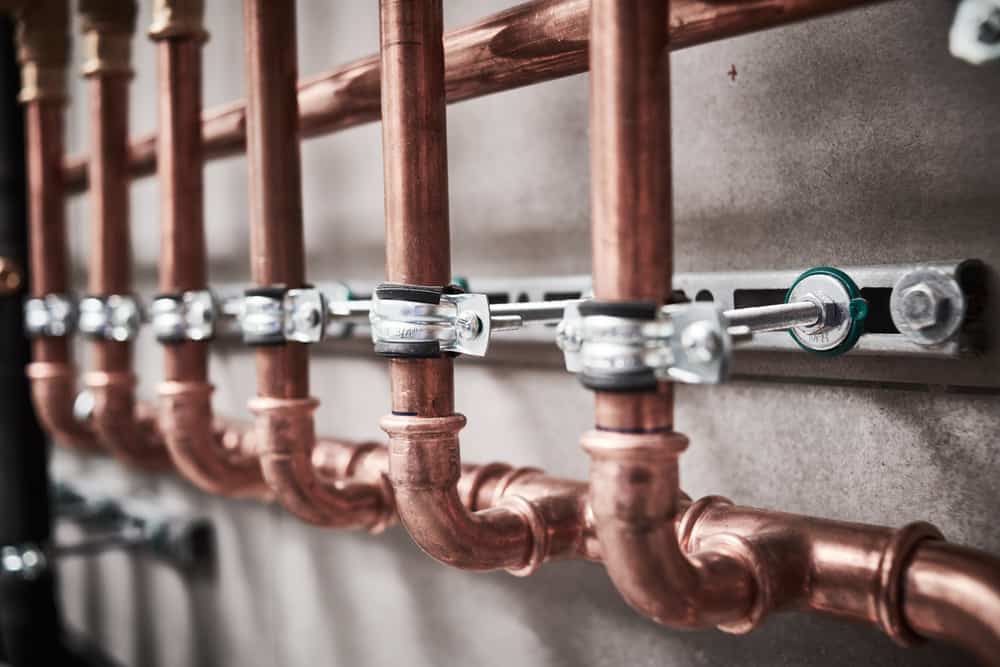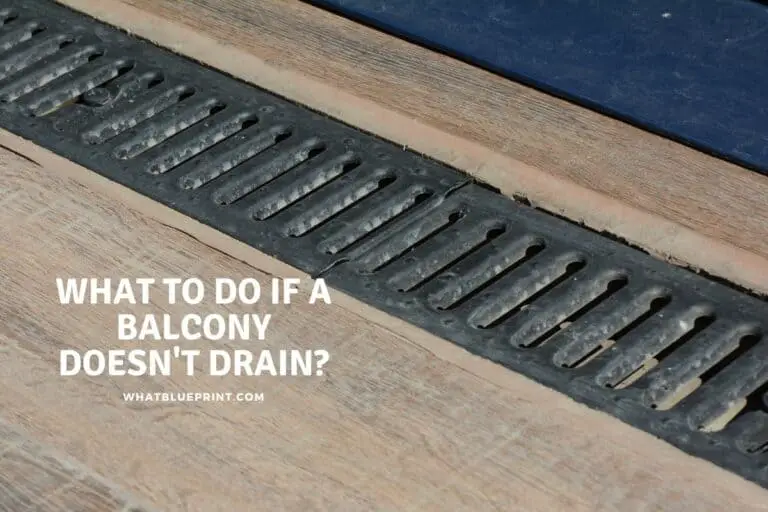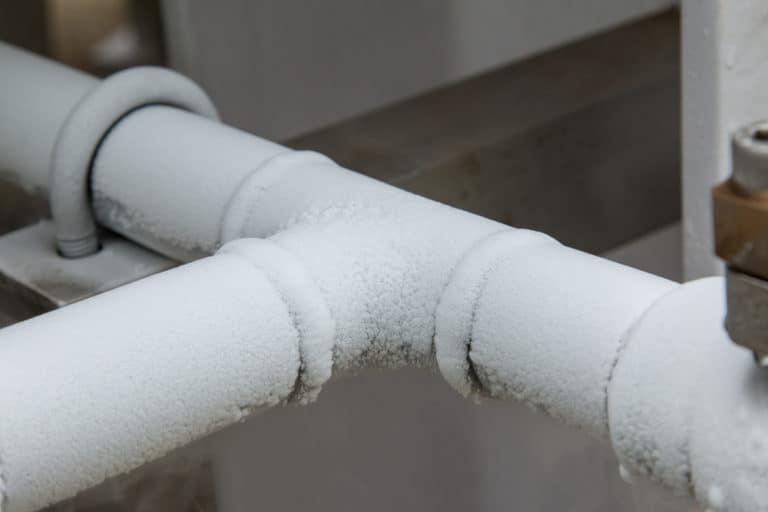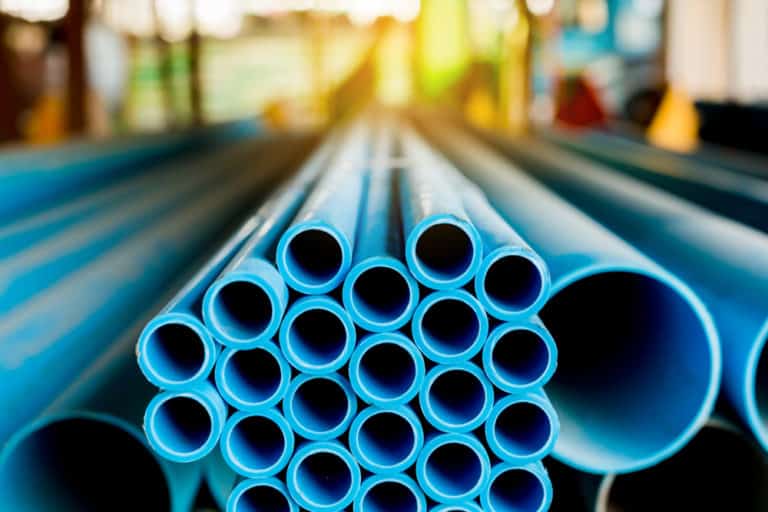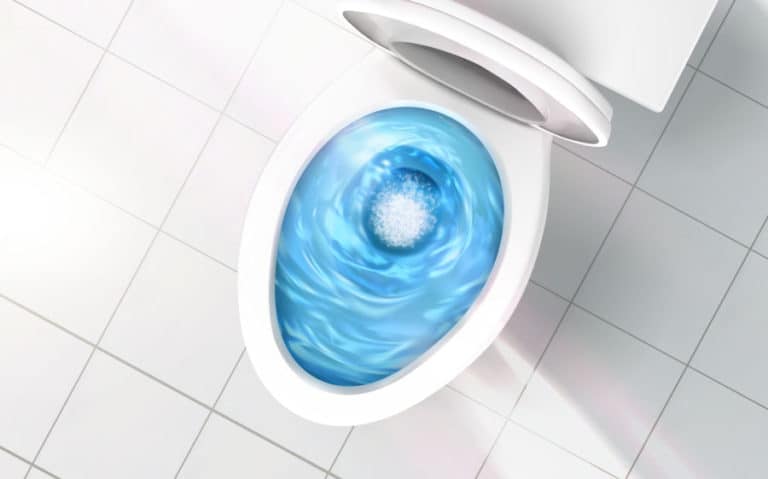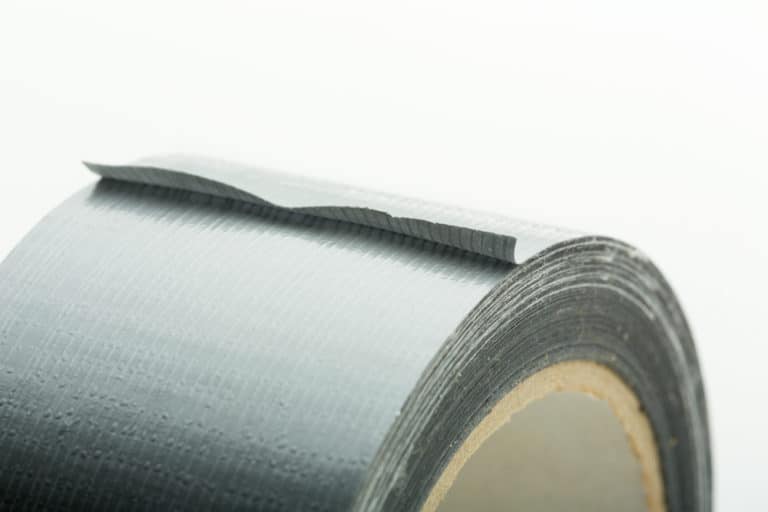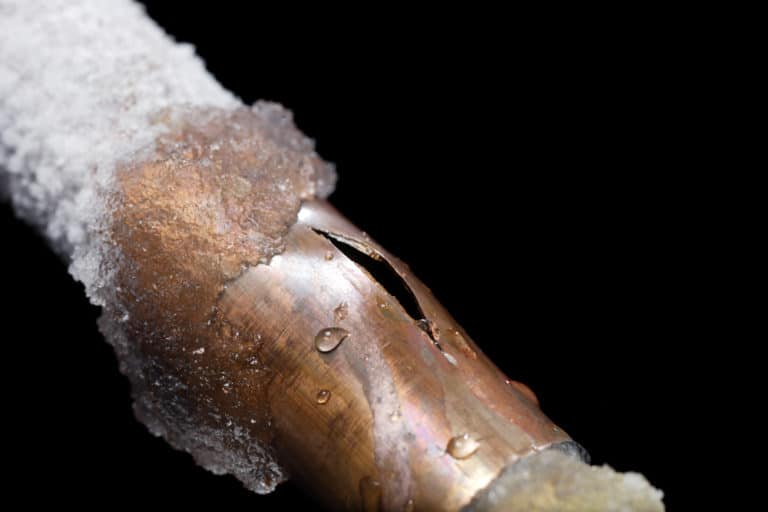Do Copper Pipes Need To Be Grounded?
As technology leaps, it has become clear that the importance of having high-quality copper wiring in your home is indisputable. Electrical uses of copper, including power transmission and generation, wires for building purposes, telecommunication, and electrical plumbing, are widely practiced. And copper pipes have returned to prominence. The question is, do copper pipes need to be grounded?
Electrical grounding directs dangerous electrical charges away from home and into the ground. Grounding copper pipes has become an essential part of a home building because it prevents electric currents from flowing uncontrolled through a building’s plumbing systems.
Most electrical codes require you to ground the home’s electrical system through copper. Galvanized iron or copper pipes that lead from the water central to your faucets must be earthed too. But some experts say it’s not necessary to ground copper pipes if you follow their guidelines installing your home wiring system. Let’s dig into the topic
Copper Pipes
Experts typically use copper pipes in the construction industry for water supply lines and refrigerant lines in heating, cooling, and air-conditioning systems. Manufacturers produce copper pipes as soft or rigid. The copper pipes offer excellent corrosion resistance and reliable connections. The most common types of copper pipe used in residential and commercial construction are;
- Type K– This thick-wall, general-purpose copper tubing- used for cold water, oil, HVAC, and gas. It is recommended for main water lines and underground installations because its thickness helps withstand the pressure from backfilled earth in trenches.
- Type L – This is a thin-walled, lightweight alloy of approximately 88 percent copper and 12 percent zinc that has been heat-treated to make it suitable for hot and cold potable water supply up to 200 psi pressure. It also contains a corrosion-resistant steel support wire. Type L also can be used outside the home where it will be directly exposed.
- Type M – This is a thin-walled, flexible alloy of approximately 90 percent copper and other suitable material that has been heat-treated to reduce its flexibility even more than Type L. It can withstand hot water up to 200 psi pressure but not for continuous use in systems operating at higher temperatures or pressures. Plumbing codes do not always approve type M copper in all areas and applications.
- Type DWV – It’s easy to find DWV piping in some older homes. Plumbers use it for drain and vent because of its low-pressure rating, typically lower than the water pressure of most municipal water supply systems.
Grounding Copper Pipes
The home’s copper water pipe system provides a safe ground for the home’s electrical system. The plumbing system is grounded because its metal pipes extend a long way underground.
If the pipes are not grounded, any electrical current in them will seek to find a path back toward its source through anything it can. That means that your home’s interior wiring and appliances could become electrified if they happen to touch an ungrounded portion of the plumbing system. as for the grounded water pipes. They have a grounding electrode.
Usually, there is a ground wire in the waterline; the ground wire in the cables is the Equipment Ground Conductor (EGC). Its work is to provide a low resistance path to clear shorts to the metal of equipment housing. The wire to your copper pipe is the (Ground Electrode Conductor (GEC) used to disperse atmospheric charges and bond. Some homeowners choose to use water pipes instead of copper pipes. The disadvantage of water pipes is that you cannot test them. Compared to copper pipes, water pipes are unreliable due to tar coatings and plastic fittings.
The NEC requires homeowners to install one additional electrode when using water metal pipes as an electrode. When you install copper piping for water lines, you must connect a ground wire to it.
Connection of Ground Wire and Copper Pipe: A continuous copper grounding electrode conductor (grounding cable) is run from the water main or other suitable grounding electrodes to one or more plastic boxes in your home called “the point(s) of use.” This connection ensures moderate resistance in the ground wire between your home’s electrical system and its grounding electrode.
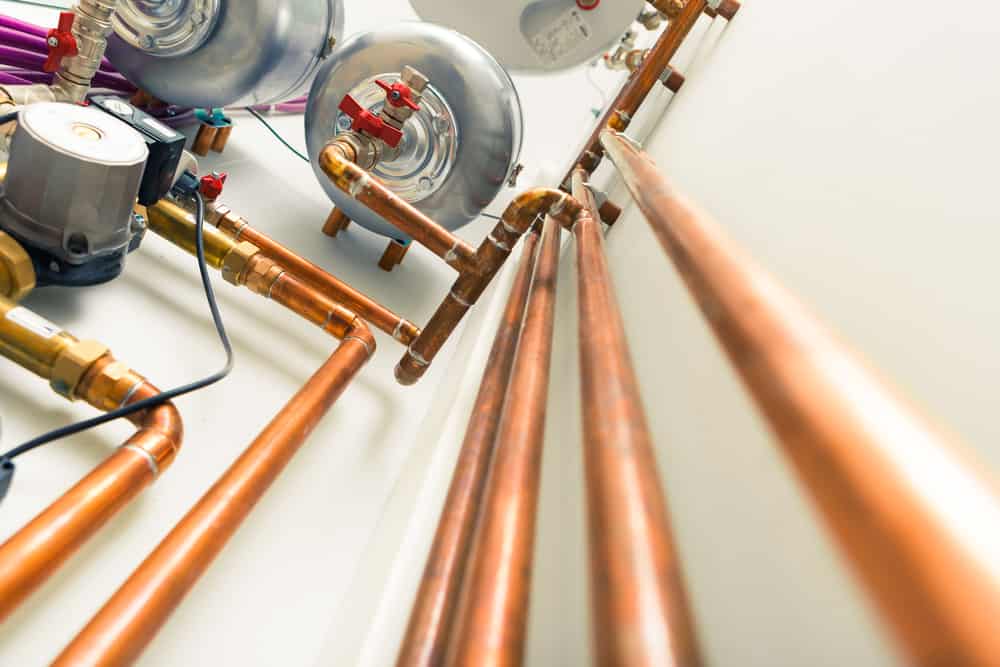
Importance of Grounding Copper Pipes
Grounding copper pipes is vital to protect your home. Aluminum piping was standard in houses until the mid-1980s. Experts recognized that aluminum could expand or contract under electrical currents, causing the wiring to be easily damaged and pose a fire hazard. The aluminum expands more than copper, causing electrical shorts as it moves through appliances like your dishwasher or washing machine, creating sparks that could ignite nearby materials such as insulation and drywall.
It’s essential to ground copper pipes because if a short circuit did occur, the current would flow through the ground wire, causing a fuse to blow or trip a circuit breaker. Tripping a circuit breaker is preferable to the fatal shock if you do not ground the current. Here are the main reasons why grounding copper pipes is essential.
- Copper is a good conductor– Grounding copper pipes ensures a lower resistance path to earth for electrical currents. Copper is one of the best conductors available. Therefore, it provides minimal resistance when grounding, ensuring that if there were an electrical fault in your home’s wiring system, it would not result in severe injury or death. A significant advantage of installing this type of service entrance cable is that it helps to provide a secure reference point for grounding.
- Protection against electrical overload– If the flow of current through your home’s wiring system were to exceed safe levels, grounding copper pipes would help protect against electrical overload. The ground wire acts like a dam that diverts excess electricity toward the earth if it cannot return safely via another path.
- Limits the risk of electrical shock if a person’s body were to come in contact with an electrical circuit while the system was overloaded; grounding copper pipes would help limit their risk of electrocution. The ground wire acts as a second path for electricity travelling through your home’s wiring so that if there is excess current due to overload or malfunctioning equipment, it will flow through the ground wire instead of a human body. It helps to protect against electrical shock.
- Protection from lightning– Grounding copper pipes can help protect your home and family from being struck by lightning. Grounding connects the earth, absorbing excess energy caused by heavy rain or hail storms resulting in massive electric charges.
- Prevention of damage caused by electrical surges– Grounding copper pipes can help protect your appliances and wiring from being damaged by electrical surges created during storms. When voltage levels on power lines get too high, or there is a sudden increase in demand for energy due to equipment malfunctioning, the ground absorbs the excess energy. It diverts it to your home’s grounding wire, preventing damage caused by electrical surges.
How Do you Test if a Copper Pipe is Grounded?
In most cases, the ground wires go from the electrical service to the water pipes. Now, to test a piece of metal, run the other end of the wire. It would be best to connect the fragment of metal and the end of the wire with a multimeter. Finally, test and check for voltage, and there should be none. It’s essential to turn off a non-grounded receptacle until you correctly repair it to ensure that your safety is not at risk.
Conclusion
Grounding devices secured to plumbing must be tightly clamped to an entry pipe near the point where the pipe enters the house. A grounding wire wrapped around a water line is not a substitute for proper clamping. You cannot ground plumbing or electrical systems to anything other than a properly grounded electrode. Copper pipes are favored as grounding devices because they typically extended at least 10 feet underground from the point where the pipes entered the home to the main water line.

